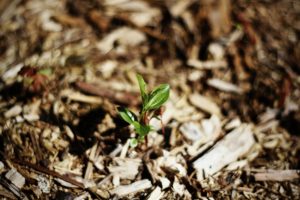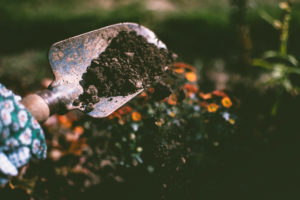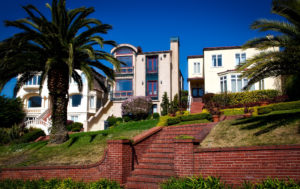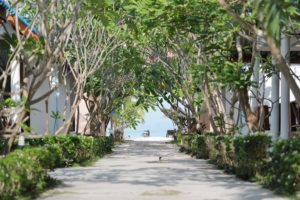7 Ways to Add Value to Your HOA on a Small Budget
In an economy that is slowing down, consumers need to be smart about where their money is spent. When it comes to Home Owners Associations landscaping is typically the biggest number on the budget. This is for good reason; experts agree that a well-maintained landscape may add more than 15% to the value of the property. Here are a few creative ways to reduce spending while adding value to the community:
1 – Get a Plan

Work with your contractor to establish a healthy priority list for the community. What assets does the community already have that can be highlighted?
2 – Recycle

Mulch is a great way to limit water use and prevent weeds from germinating. In addition, recycling green waste is a great way to be environmentally responsible.
3 – Free Money

Millions of dollars are allocated to encourage HOA’s to invest in new technology and turf removal that maximizes water usage. Proper management and new technology are two easy ways to reduce unnecessary spending.
Visit www.bewaterwise.com for more information.
4 – Volunteer Days

Have a community day. Assign specific tasks for homeowners to participate in once a quarter. The more homeowners involved in keeping the community beautiful the fewer dollars you have to spend having someone else do it.
5 – Sustainable Plants

Limit the amount of seasonal color used in high profile areas. There are some beautiful natives worth exploring.
6 – Plant Selection

Areas that don’t require immediate gratification may do well with smaller plant sizes. The smaller sizes are less expensive than the larger more established plants. When possible, select plants that require low water and low maintenance. Avoid plants that will increase your maintenance budget.
7 – Maintenance

Deferred maintenance on irrigation and trees are two areas that will cost the association more money in the long run. Ask your contractor to help generate creative ideas that allow the board to identify areas of maintenance that should not be avoided.
Finally, enjoy your landscape and the money you saved.

 FIND OUT HERE!
FIND OUT HERE!